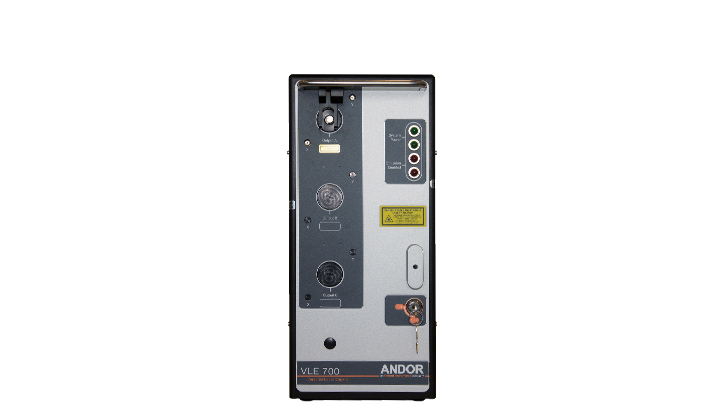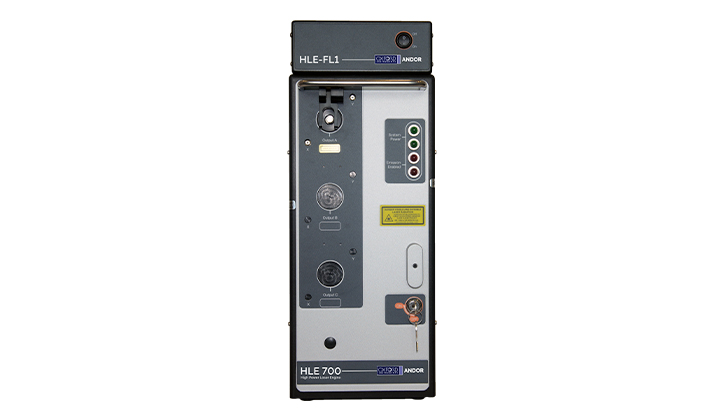ライフ・サイエンス
共焦点顕微鏡システム
ベンチトップ型共焦点顕微鏡ベンチトップ型蛍光顕微鏡ベンチトップ型超解像顕微鏡Image Analysis Software
Imaris PackagesImaris Free Trial
顕微鏡ソリューション
光刺激ソリューション顕微鏡用レーザーエンジンCryostats for MicroscopyControl Software
Solis ソフトウェア パッケージソフトウェア開発キット
サービス
アンドールのレーザーエンジンポートフォリオは、柔軟性の高いデバイスに抜群の品質を提供します。各レーザーエンジンは、ユーザーの現在および将来のニーズを満たすことを目的として、UVからNIRまで最大10ラインを提供します。超解像顕微鏡から長時間の緩やかなライブイメージング、TIRF、光刺激まで、ライフサイエンスにおける幅広いアプリケーションに対応します。


| Technology | HLE | VLE |
| Confocal Microscopy | √ √ √ | √ √ √ |
| Widefield | √ √ √ | √ √ √ |
| SRRF-Stream | √ √ √ | √ √ √ |
| Live Cell Imaging | √ √ √ | √ √ √ |
| Borealis TIRF | √ √ √ | √ √ |
| Spatial Transcriptomics | √ √ √ | √ √ |
| Photostimulation (MicroPoint) | √ √ √ | √ √ |
| Photostimulation (Mosaic) | √ √ √ | - |
| SMLM - DNA Paint | √ √ √ | - |
| SMLM – dSTORM | √ √ √ | - |
New – Versatile and upgradable multiline laser source

Industry-Leading Power, Flexibility, Classic Wavelengths
